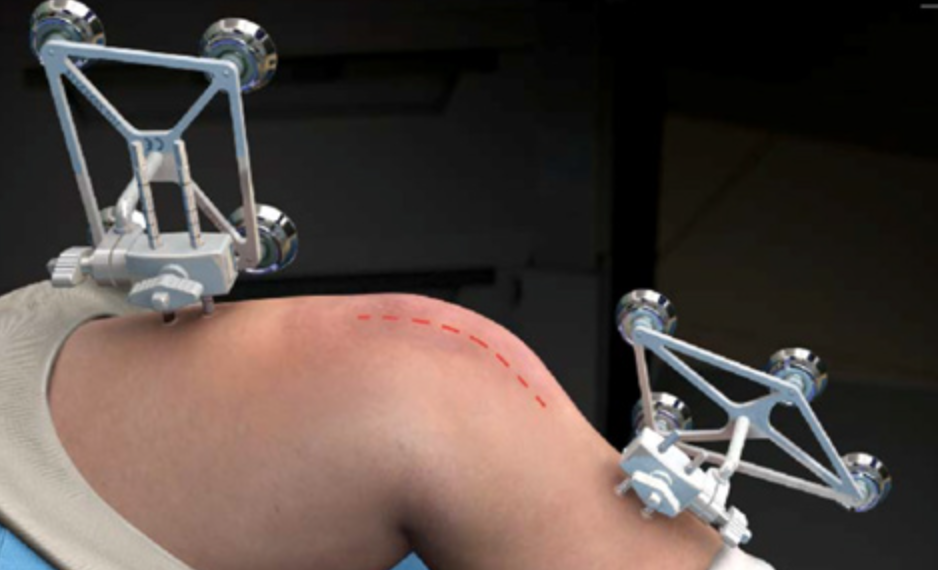+919632569999

This is your website preview.
Currently it only shows your basic business info. Start adding relevant business details such as description, images and products or services to gain your customers attention by using Boost 360 android app / iOS App / web portal.
DIFFERENCE BETWEEN CONVENTIONAL TOTAL KNEE REPL...

DIFFERENCE BETWEEN CONVENTIONAL TOTAL KNEE REPLACEMENT & ROBOTIC TOTAL KNEE REPLACEMENT. Conventional Total Knee Replacement: -Technique: The surgeon uses manual tools to perform the procedure. They rely on their experience and visual assessment to position the implants. -Planning: Preoperative planning may involve imaging studies, but adjustments during surgery are primarily based on the surgeon's judgment. -Precision: While skilled surgeons can achieve good results, the placement of the implants may vary slightly depending on the surgeon's technique and experience. -Recovery: Generally involves similar rehabilitation processes, though outcomes can vary. Robotic Total Knee Replacement: Technique: This approach utilizes robotic-assisted technology to aid the surgeon. The robot helps enhance precision during the surgery. -Planning: A detailed preoperative plan is created using advanced imaging techniques (like CT scans) to create a 3D model of the knee, allowing for tailored implant positioning. -Precision: The robotic system can offer greater accuracy in aligning and positioning the implants, which may lead to better overall outcomes and potentially less wear on the joint. -Recovery: Patients may experience faster recovery and improved function due to the precise alignment, though individual results can still vary. Summary: In essence, robotic total knee replacement may provide enhanced precision and personalization in the procedure, which can lead to better outcomes for some patients. However, both techniques can be effective, and the choice often depends on the surgeon’s expertise, the patient's condition, and other factors. Recovery: Generally involves similar rehabilitation processes, though outcomes can vary. Robotic Total Knee Replacement: Technique: This approach utilizes robotic-assisted technology to aid the surgeon. The robot helps enhance precision during the surgery. Planning: A detailed preoperative plan is created using advanced imaging techniques (like CT scans) to create a 3D model of the knee, allowing for tailored implant positioning. Precision: The robotic system can offer greater accuracy in aligning and positioning the implants, which may lead to better overall outcomes and potentially less wear on the joint. Recovery: Patients may experience faster recovery and improved function due to the precise alignment, though individual results can still vary. Summary: In essence, robotic total knee replacement may provide enhanced precision and personalization in the procedure, which can lead to better outcomes for some patients. However, both techniques can be effective, and the choice often depends on the surgeon’s expertise, the patient's condition, and other factors.

